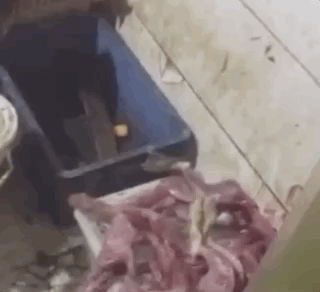What the Wuhan Huanan Seafood Wholesale Market was like before the outbreak [WARNING: NSFW]

A WeChat user has shed light on what the Huanan Seafood Wholesale Market was like before the 2019-nCoV outbreak. After it was discovered that the first confirmed case of the new coronavirus befell a worker at the market, the Chinese authorities shut down Huanan Seafood Wholesale Market on January 1.
Following the outbreak, this WeChat user has provided an intimate look at what went on behind the shutters while the market was still in operation. Please be forewarned that many of the following images are extremely graphic and not suitable for work.

The Huanan Market opened for business 15 years ago with 400 stalls. Over the years, it has expanded a few times and is now home to more than 1,000 stalls. The market occupies 50,000 square metres, or the equivalent of seven football fields. It is the largest wholesale market in central China selling marine produce.

As Wuhan is an inland city, seafood is especially scarce, making Huanan Market an invaluable source of goods and a place of booming trade. Conveniently located just 11 minutes away from the Hankou train station by foot, distribution of goods is a breeze.


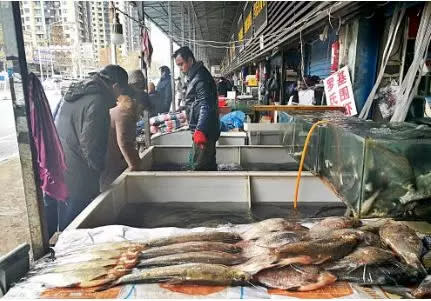
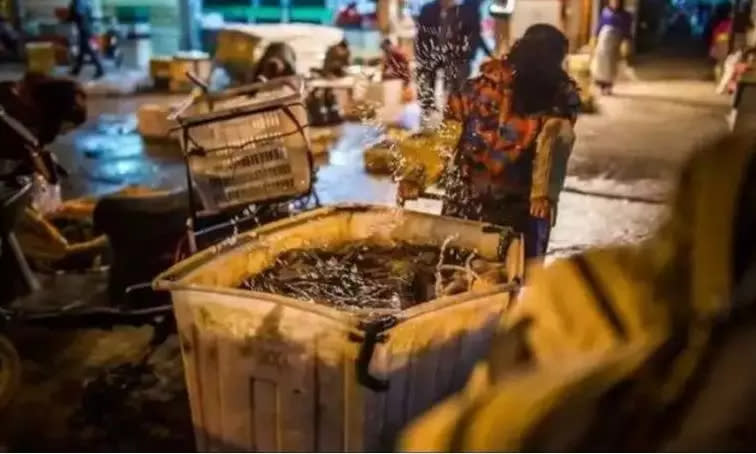
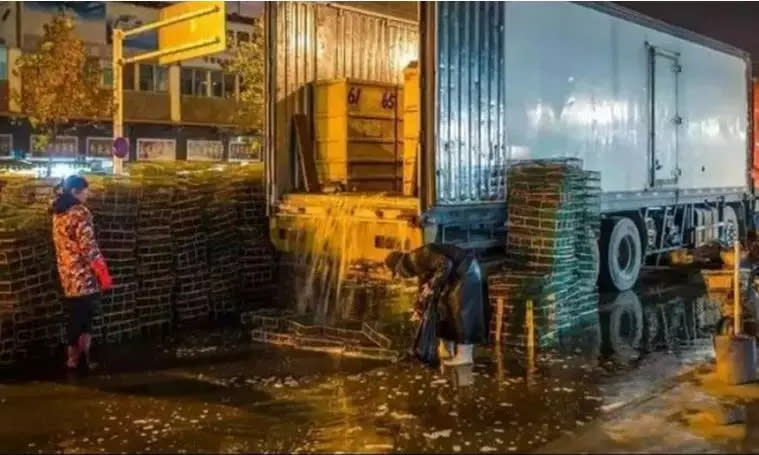
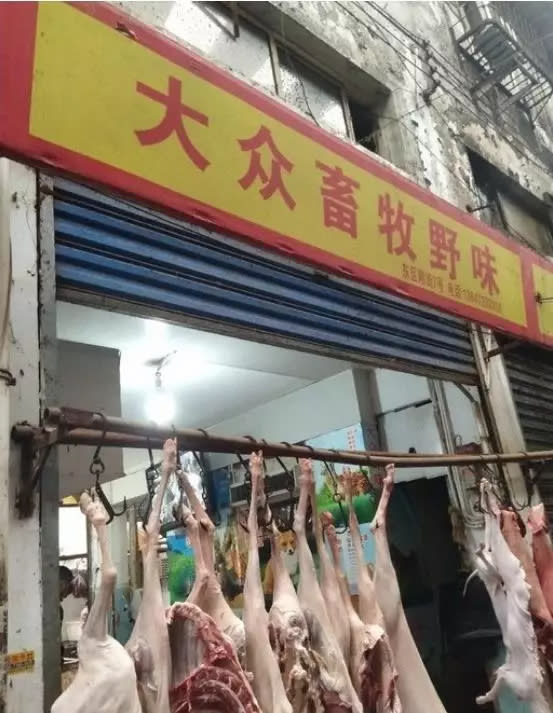

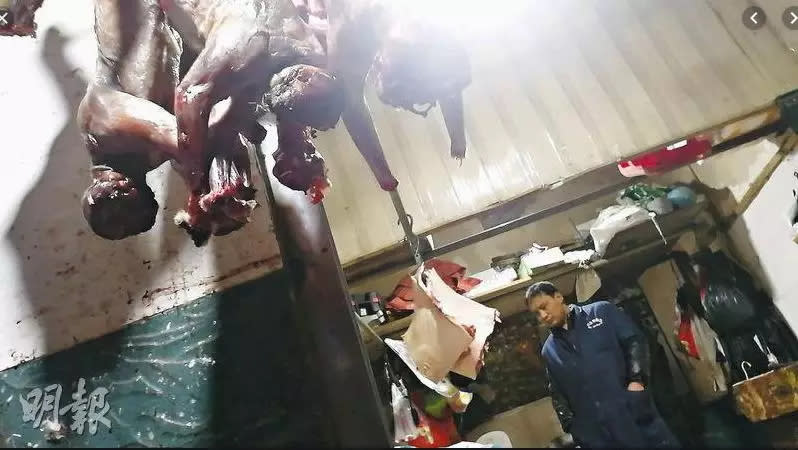

On the surface, most of the vendors do sell seafood and meat. However, a large number shops tucked away in less prominent areas of the market sell a smorgasbord of exotic game meats.
Images shared on this WeChat post show an extensive menu of exotic meats and game, and their corresponding prices. Items for sale included scorpions (5 RMB or S$1 each) to peacocks (500 RMB or S$98 each) to ostriches (4,000 RMB or S$782) to live deer (6,000 RMB or S$1,173 each). Porcupines, rabbits, scorpions, foxes, racoon dogs, marmots, leopard cats and water fowl are some of the wild animals which were caged in appalling conditions.


These include migratory birds which were ambushed and caught during their annual southbound journey. Slaughtered animals and live animals are displayed side by side in dirty environments. Wild animals are caged in appalling conditions, with the cages stacked on top of each other.
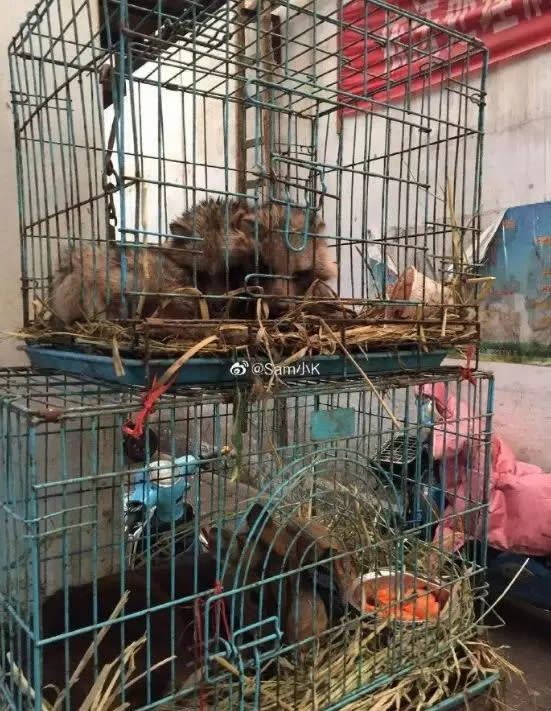
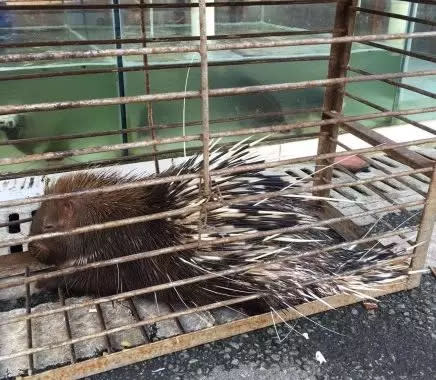
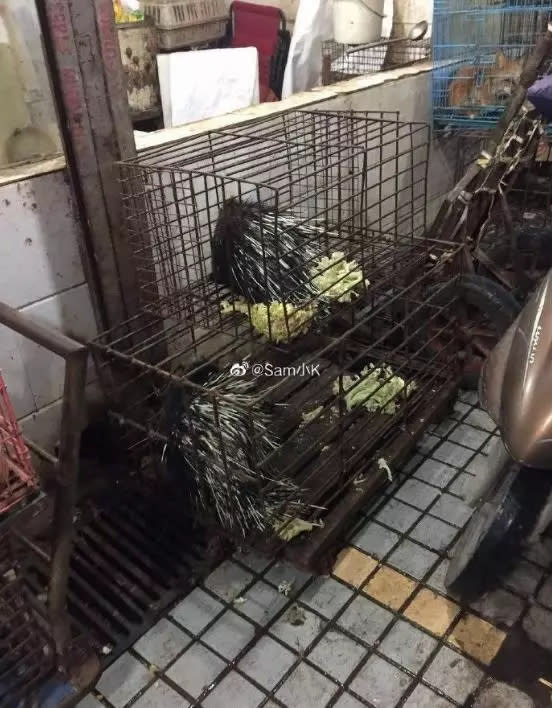
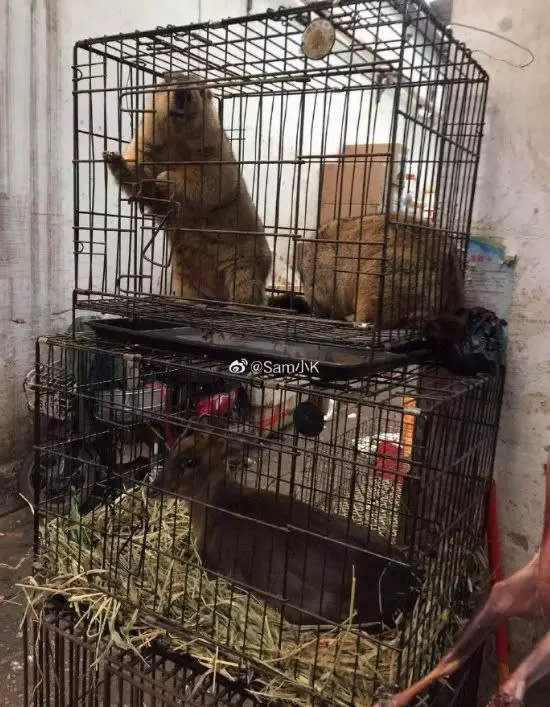
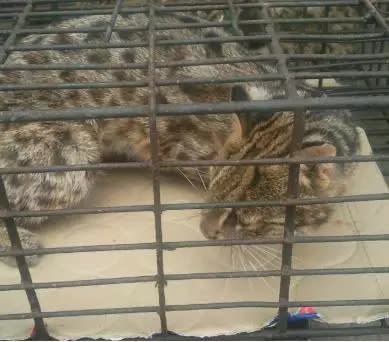
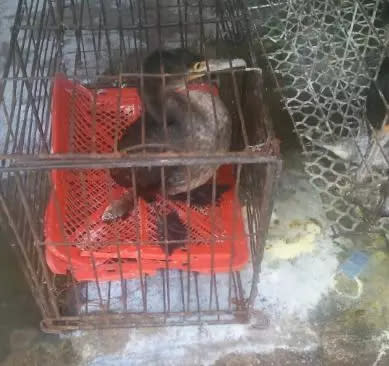
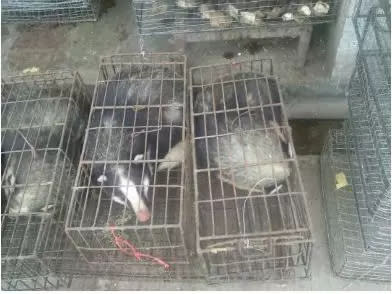


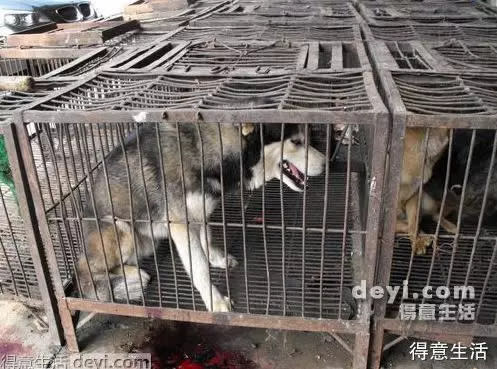

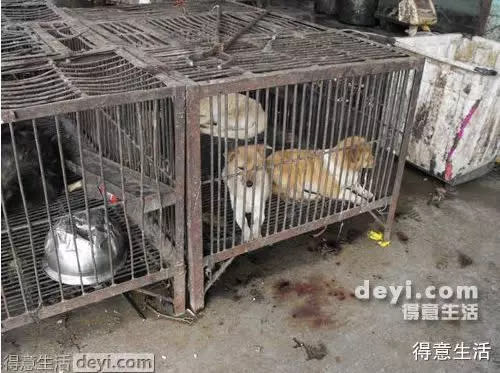
The Chinese eat exotic game meats as a symbol of prestige, and also as a form of tonic for nourishment, explained this WeChat article. You might want to read this article we published on why the Chinese eat the bamboo rat as a delicacy.
This WeChat content owner shared that the 2019-nCoV outbreak is not the first time that Huanan Market has made the news. In 2009, a fire broke out in an upstairs unit and a worker shattered his spine when he jumped down in a bid to escape the blaze. In 2013, hundreds of kilos of stale prawns made their way from the market to roadside stalls and some restaurants. In 2017, fish sold at two of the stalls there was found to be tainted with a chemical compound called malachite green.


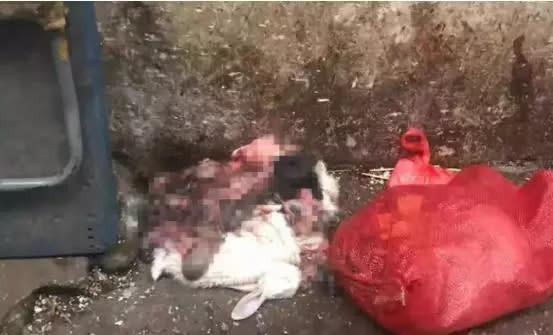
According to this article, shoppers at the market lodged complaints about its unhygienic conditions as recently as June 2019, but nothing was done.
The writer exhorted fellow Chinese to stop hunting and eating wildlife. “(The current situation) is reminiscent of that spring day in 2003 when SARS (Severe Acute Respiratory Syndrome) broke out. Wildlife is taking revenge (on humans). Please stop eating wild-caught game!”
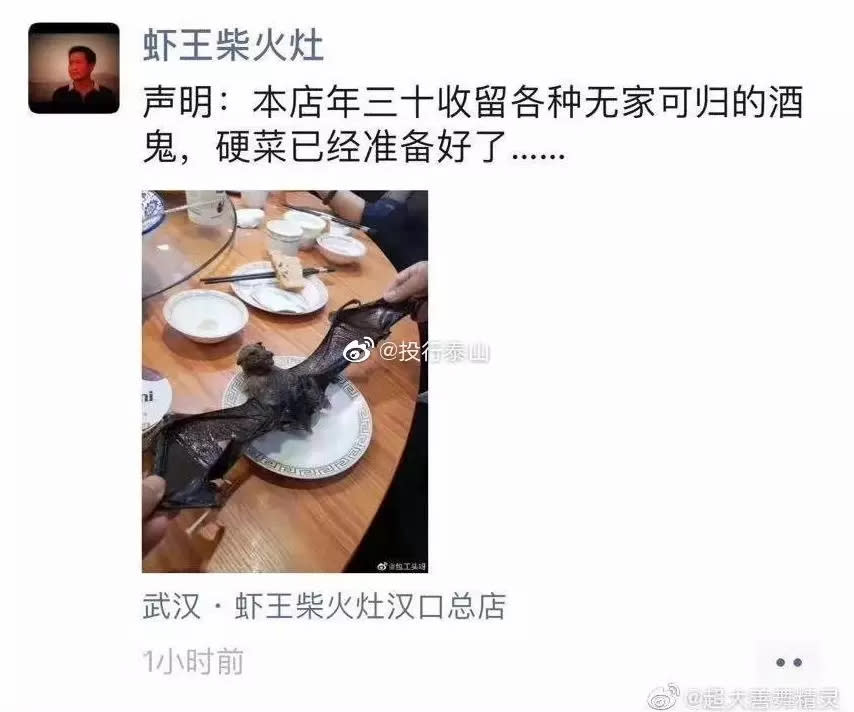

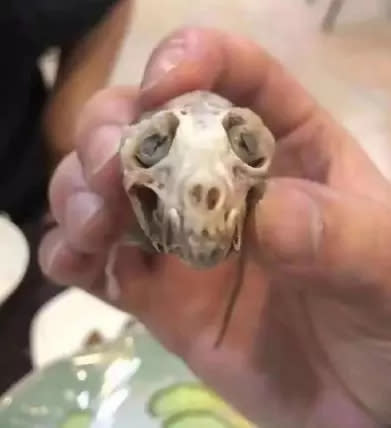
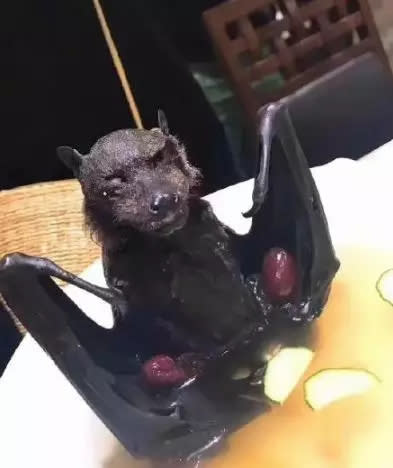

The source of the 2003 SARS virus was the bat. The virus was believed to have then jumped to the civet cat before infecting humans.
“Livestock raised on farms have to undergo regular check-ups and receive vaccines, but animals living in the wild don’t. Prevention is better than cure. Be responsible and say no to eating wildlife.”
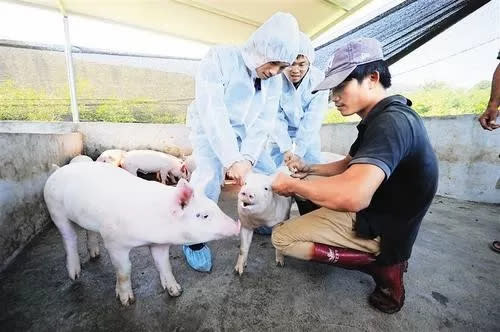
In the latest findings, the deadly 2019-nCoV may not have originated from Huanan Market after all. This latest report from Business Insider says that not all cases of those infected with the coronavirus were linked to the market. Still, China has banned all wildlife trade effective from January 26.
All images have been sourced from the original WeChat post here.


